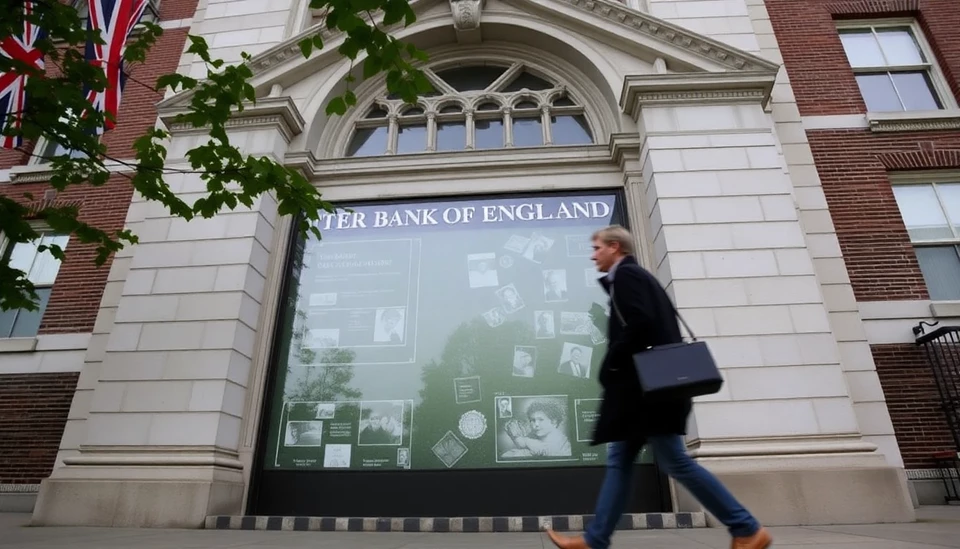
In a significant move, the Bank of England (BoE) has reduced interest rates to 4.5%, marking a pivotal moment in the UK’s monetary policy amidst ongoing economic pressures. This decision, however, comes with a clear hawkish warning, signaling the central bank's readiness to react firmly to inflationary pressures that continue to loom over the economy.
The BoE's decision follows a series of economic data releases, which suggest a slowing growth rate that could have prompted a more aggressive monetary easing. Nonetheless, the central bank's leadership emphasizes a cautious approach, focusing on the necessity of maintaining price stability even with a notable reduction in rates.
Governor Andrew Bailey and his team have underscored the importance of vigilantly monitoring inflation indicators as they navigate these turbulent economic waters. The hawkish tone conveyed during the announcement illustrates the central bank's concern that despite the current rate cut, inflation risks remain elevated and could undermine recovery efforts if not addressed adequately.
This development is part of a broader context in which central banks globally are recalibrating their stances in response to mixed economic signals. Some areas of the UK economy show resilience, while others reflect growing vulnerabilities, leading the Bank of England to tread cautiously. The managing of inflation expectations will be crucial in coming months, especially as market participants begin to reassess their forecasts in light of this rate change.
With the rate now at 4.5%, the Bank of England is keen to ensure that borrowing remains attractive to stimulate growth without igniting further inflation. Analysts are now speculating on future moves by the BoE and whether this rate cut will be a one-off adjustment or the beginning of a more extensive series of cuts in response to changing economic conditions.
In anticipation of future inflation data and other economic indicators, the BoE will remain prepared to take further action if necessary. The overarching goal is to balance stimulating the economy while keeping inflation in check, a task that has proven challenging in recent times as global economic uncertainties persist.
Market reactions to the news indicate a mix of relief and caution. Investors are reassessing their portfolios in light of the BoE's latest guidance, while businesses are pondering the long-term implications of the policy shift. With the UK economy at a crossroads, all eyes will be on the BoE’s subsequent communications regarding its policy direction in the months to come.
As the financial community digests this latest development, the implications for consumers, businesses, and the broader economy will unfold in real-time, shaping expectations and actions across the various sectors of the UK economy.
In summary, the Bank of England’s decision to lower interest rates to 4.5% comes hand in hand with a staunch commitment to curb inflation, reinforcing the complexity of the current economic landscape. Stakeholders are urged to remain alert to the evolving economic indicators as the Bank prepares to tackle potential challenges ahead.
#BankOfEngland #InterestRates #Economy #Inflation #FinancialNews #CentralBank
Author: Laura Mitchell




